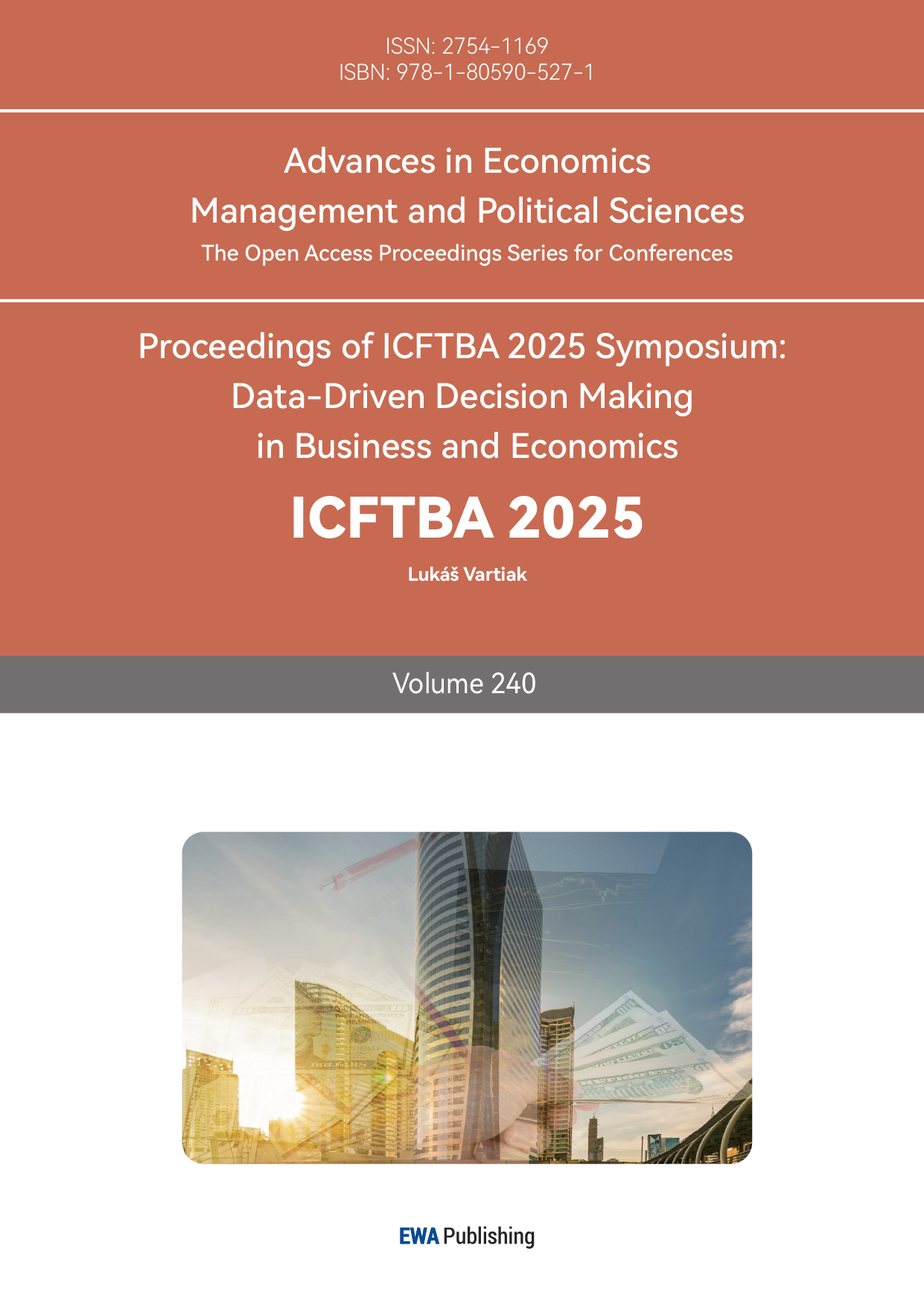References
[1]. Zhang, X., Zhang, T., Hou, L., Liu, X., Guo, Z., Tian, Y., & Liu, Y. (2023). Data‑Driven Loan Default Prediction: A Machine Learning Approach for Enhancing Business Process Management. Systems, 13(7), 581.
[2]. Wang, H., Wong, S. T., Ganatra, M. A., & Luo, J. (2024). Credit Risk Prediction Using Machine Learning and Deep Learning: A Study on Credit Card Customers. Risks, 12(11), 174.
[3]. Yang, S., Huang, Z., Xiao, W., & Shen, X. (2025). Interpretable Credit Default Prediction with Ensemble Learning and SHAP. arXiv preprint arXiv: 2505.20815.
[4]. Gunnarsson, B. R., vanden Broucke, S. K. L., Baesens, B., & Lemahieu, W. (2021). Deep learning for credit scoring: Do or don’t? European Journal of Operational Research, 295(1), 292–305.
[5]. Alonso‑Robisco, A., & Carbó, J. M. (2022a). Can machine learning models save capital for banks? Evidence from a Spanish credit portfolio. International Review of Financial Analysis, 84, 102372.
[6]. Zedda, S. (2024). Credit scoring: Does XGBoost outperform logistic regression? A test on Italian SMEs. Research in International Business and Finance, 70, 102397.
[7]. Xiao, J., Li, S., Tian, Y., Huang, J., Jiang, X., & Wang, S. (2025). Example‑dependent cost‑sensitive learning based selective deep ensemble model for customer credit scoring. Scientific Reports, 15, Article 6000.
[8]. Chen, Y., Calabrese, R., & Martin‑Barragán, B. (2024). Interpretable machine learning for imbalanced credit scoring datasets. European Journal of Operational Research, 312(1), 357–372.
[9]. Rudin, C. (2019). Stop explaining black box machine learning models for high‑stakes decisions and use interpretable models instead. Nature Machine Intelligence, 1(5), 206–215.
[10]. Alonso‑Robisco, A., & Carbó, J. M. (2022b). Measuring the model risk‑adjusted performance of machine learning algorithms in credit default prediction. Financial Innovation, 8, Article 70.



